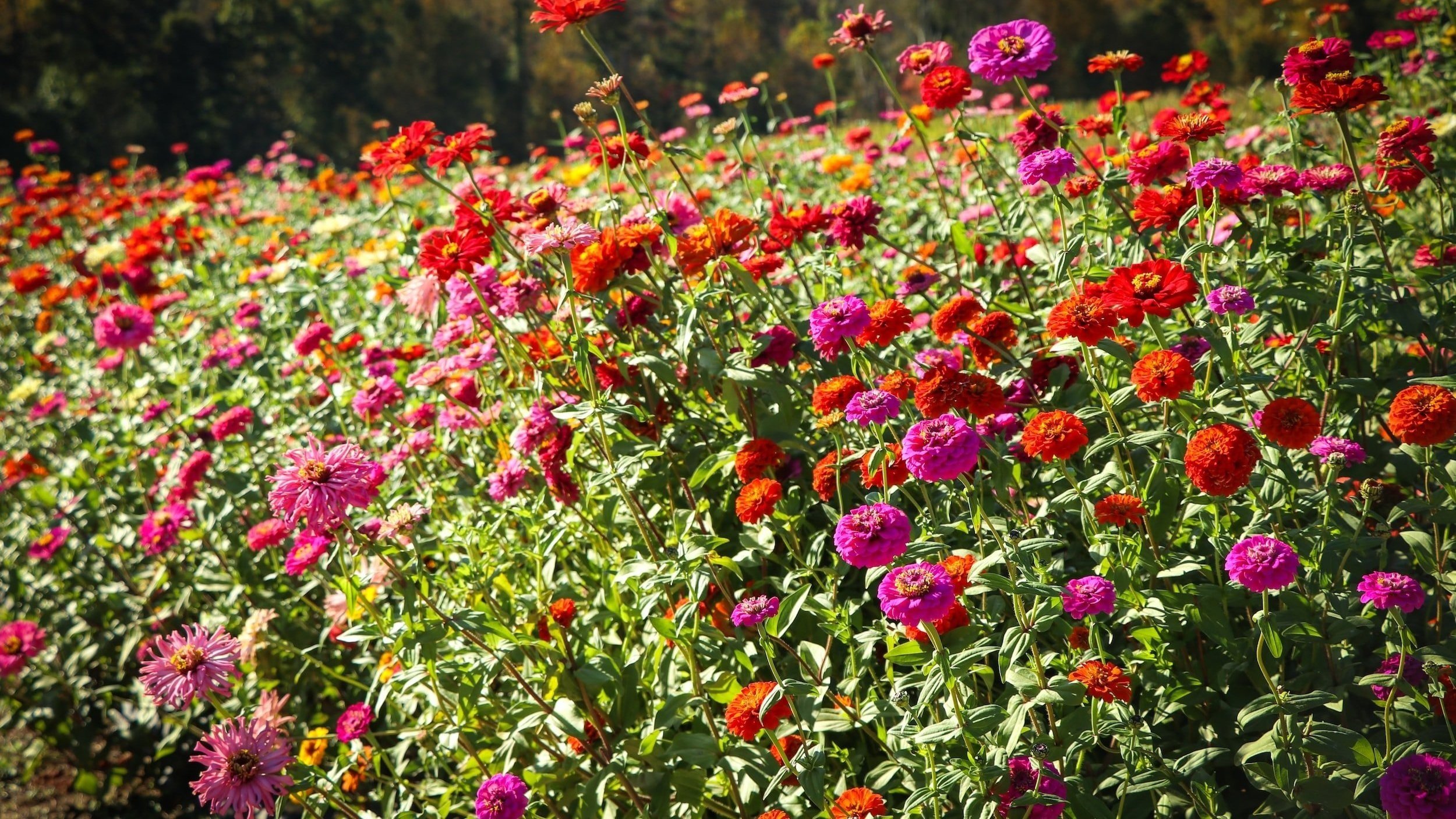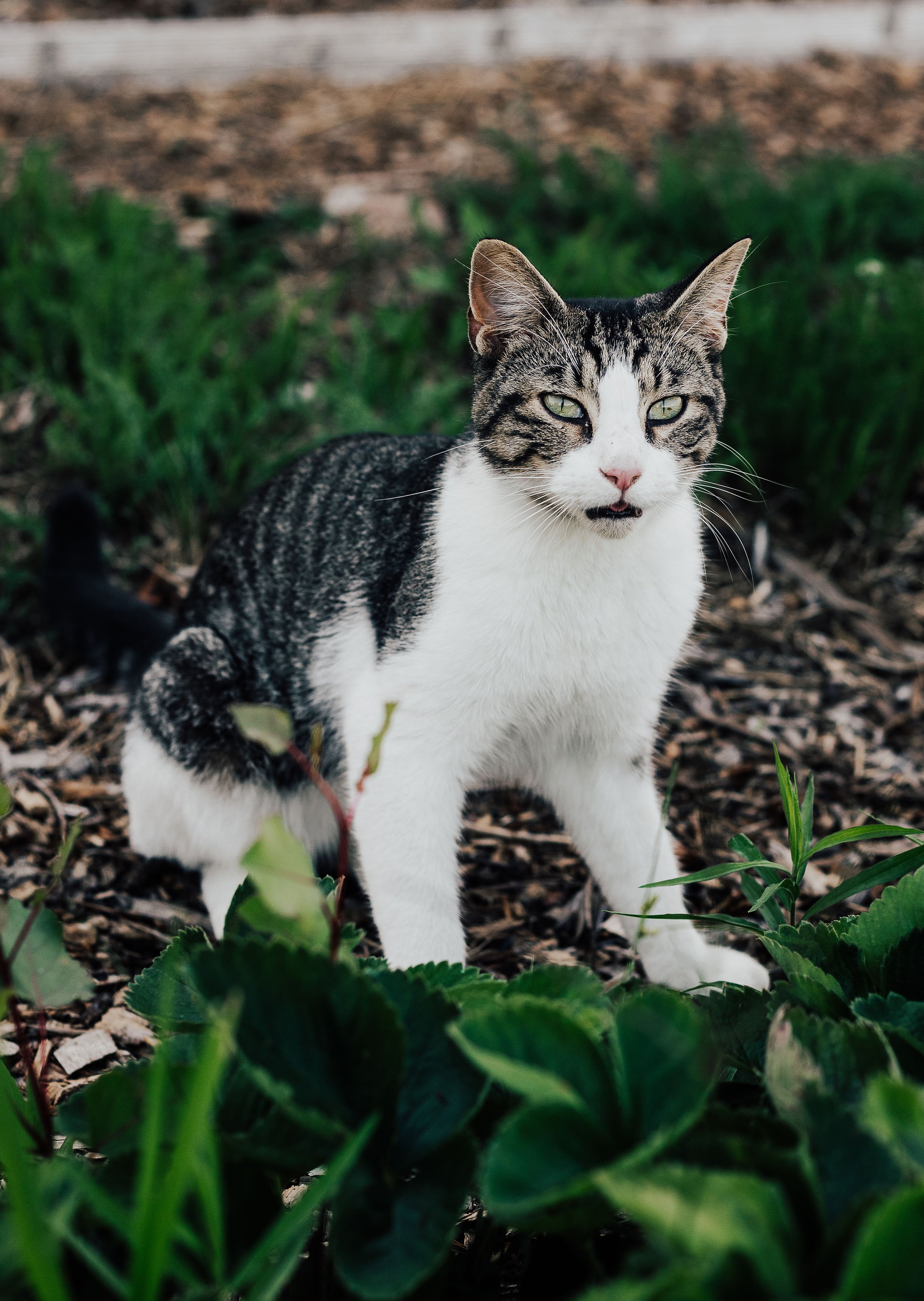Let’s Turn That Brown Thumb Into A Green Thumb With These Tips
KEEPING THINGS ALIVE, FROM CHILDREN TO PLANTS, IS A WORK OF FAITH.
We raise our kids and try to instill in them good values. We spend so much time teaching, feeding, caring, and everything. But, in the end, what happens to your children is all in the Lord’s hands, and we have to have faith in that truth to keep doing our work.
It’s a similar process with planting. We put a seed in the ground, water it, fawn over it, and make sure it has the right temperature, not too hot or cold, not too wet or too dry. And then we have to sit and have faith that it will sprout. So we, in the end, don’t have control. Then, after it germinates, we care for it some more and hope it grows into a big beautiful, blooming flower.
We make many mistakes when parenting and growing things, and I am always amazed at how resilient children and plants are and that, despite my shortcomings, they somehow survive.
Here are a few tips, not about parenting, but common gardening mistakes to avoid.
Not knowing your zone -
ZONE? Yup, we each live in a growing zone. Your growing climate and frost dates determine the growing zone. When you get a plant, it is essential to learn if it will live in your growing zone. Here in West Michigan, Zeeland area, our farm is in growing zone 6a and 6b.
Spacing -
This is a new one I learned this year.
There is recommended spacing for plants. If you buy a plant and look at the tag, often it will tell you how far apart to plant. Did you know the recommendation is the diameter?
Let’s use zinnias as an example. Most seed or plant labels instruct you to plant them 18 inches apart. When it says 18 inches apart, it means 9 inches on all sides. That means your zinnia’s need to be 9 inches apart from the next one on all sides.
That is a huge difference!
Watering -
Consistent and deep watering is the best.
Don’t water every day for a few minutes. Water every other day or less and give your plant a good drink. We want the roots to go down into the soil and not sit at the top where they have hostile conditions.
Put your finger into the soil and feel how dry or wet it is. Once the top inch or two are dry I give the plants a good watering.
Location -
Put your plant in its proper environment. Shade plants like shade and will not be happy in the sun, and the same goes for sun plants. Is it windy? Is it dry? Is it wet? These are all things to consider when trying to decide where to put a plant.
Know the plant -
OK, great. Now you know the location you want to put a plant it. It is essential to understand what the plant likes and find plants like that type of location. We want your plants to thrive!
Weeding -
This one makes us want to run for the hills! I hear you.
Let’s momentarily go back to the spacing conversation. Imagine a zinnia at 18 inches apart. There will be so much open ground, and weeds love the open ground. Now, picture a zinnia at 9 inches—a lot less open ground which means fewer weeds.
Mulch is your best friend, not only for weeds but also watering. Ten minutes of weeding a day is doable. My best advice is to do it small, often otherwise, it tends to become very overwhelming.
Critters -
I have a love-hate relationship with critters. They are so cute and fun, and then they eat your prize roses or vegetables, and then I want to rid myself of them all.
The best way to keep everyone happy - is critter prevention.
Do you have rabbits, deer, or dogs? Fences and repellents work the best, and finding plants that are critter resistant is also a good option.
Not Feeding Your Plants -
It’s like not feeding your kids - they get grumpy, and they don’t thrive.
Plants do the same thing. For your plant to be at its optimum, you need to feed it what it needs and what it likes, but.. don’t overfeed it either. Sounds scary! It’s not; it is part of knowing your plant and the right time to feed it. Most plants are forgiving.
OK, NOW THAT WE HAVE THESE EIGHT THINGS IN YOUR ARSENAL, YOU ARE WELL ON YOUR WAY TO BEING A GREEN THUMB!




